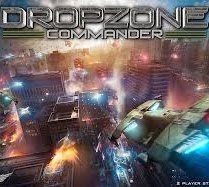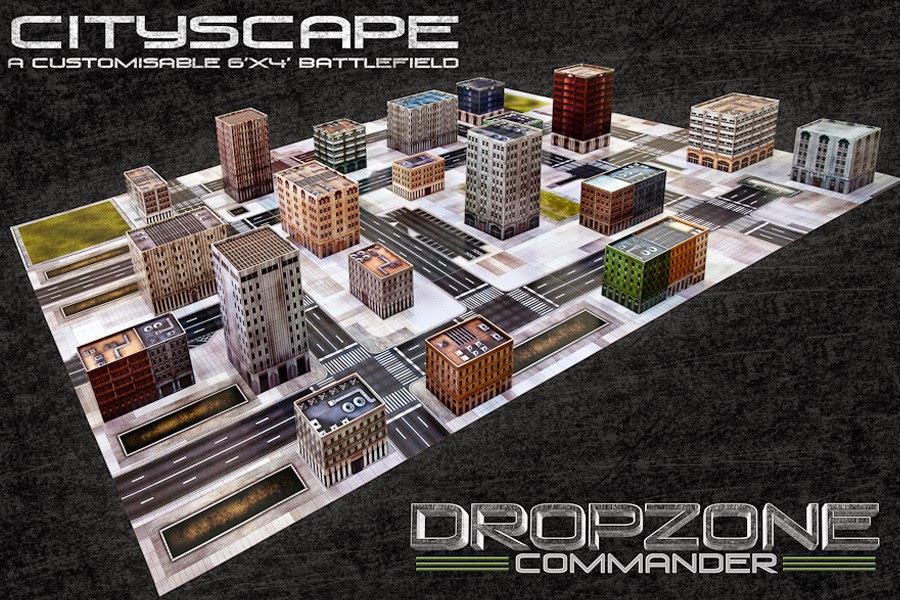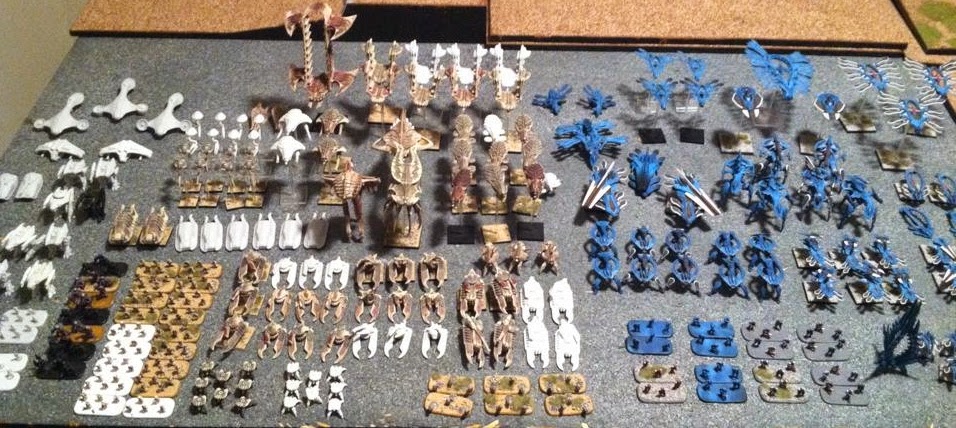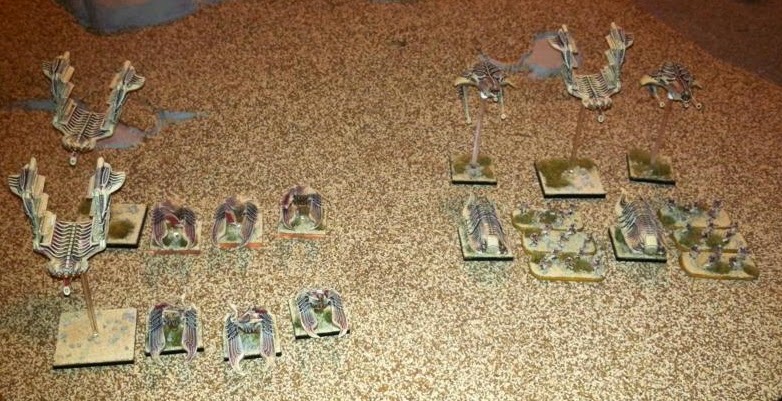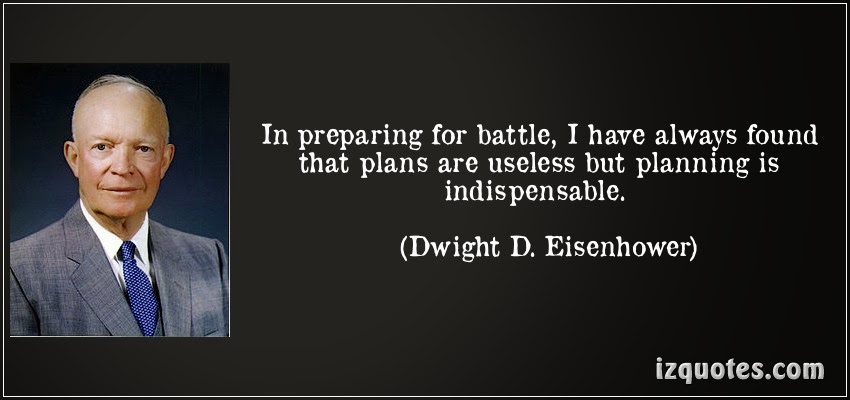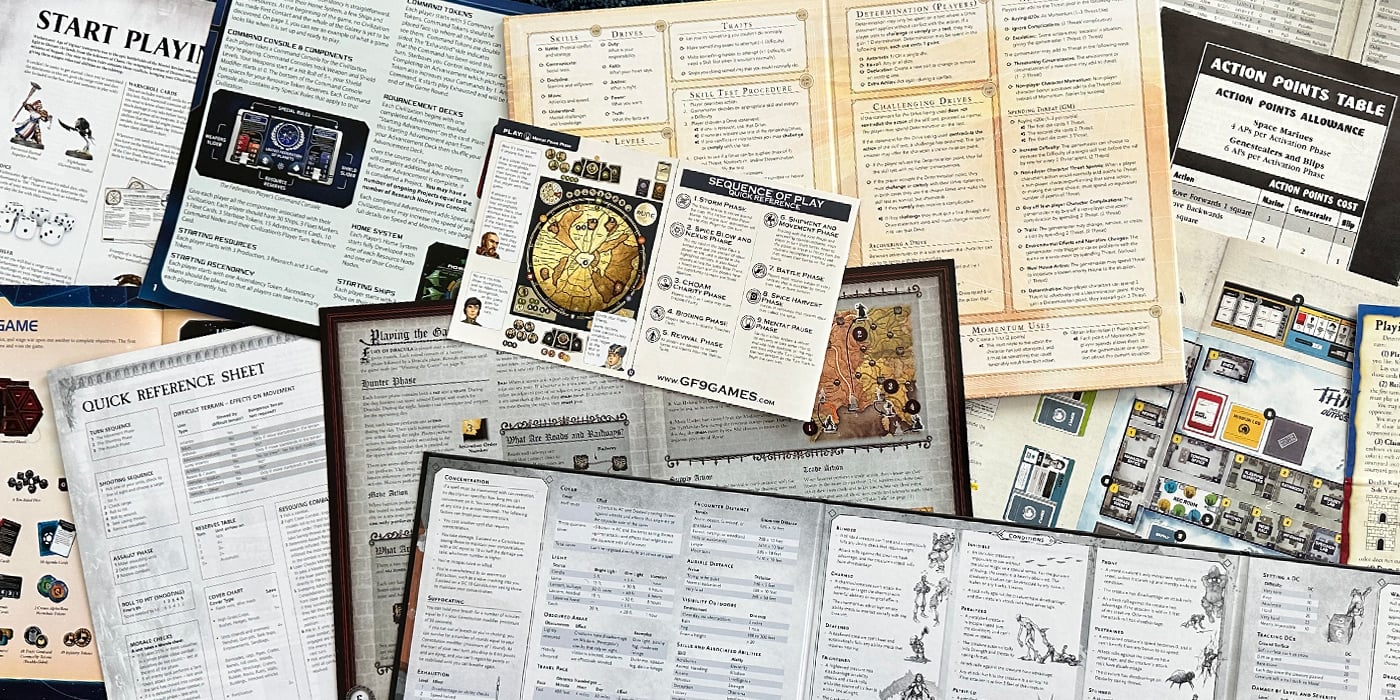Dropzone Commander: List Building 101 – General Strategies
6 Minute Read
Dec 11 2014

Advertisement
Today we continue our look at the principles of list building for warfare in the nearish future.
Dropzone Commander is defined by the specific roles and functions that each unit brings to the table. Last week we took a quick look at each of these unit types, and offered up a short explanation as to their battlefield role. Today we will open the process of determining which units to take, with the intention of creating a well-oiled machine for maintaining the initiative and pressing the advantage from start to finish.
The Outline
The table needs your models. But only in a nice, orderly fashion.
As with most tabletop games, Dropzone Commander provides you with a roster of allowances that determine what units you can take, and how many of each you can field in one army. The allowances grow as the points value of the game increases, although the general structure of your forces remains much the same.
Your force is organized into Battlegroups, which comprise a varying number of units depending on points limitations and how much you choose to invest in each group. These will sometimes consist of a single fighter jet, or a small group of battle tanks. In other instances, they will consist of a large number of tanks and support elements, or a platoon of infantry and their battlefield assets. Regardless of the exact composition, all of the units in each Battlegroup will activate at the same time.
Knowing this allows us to begin constructing our list for optimum efficiency. The last thing you want is a crucial helper unit, waiting to be activated once it is too late. Always seek to group units that help one another fulfill their battlefield role.
Mustering Forces
I think I may have a problem…
It is important to keep the goals of a Dropzone Commander game in mind when choosing the units you will field. Most missions will involve capturing ground or retrieving objectives, and these points of interest will usually be hidden within a building. Since infantry are the only unit type that can move into buildings, you will definitely be fielding a sizeable amount of Troops and Exotic choices. The former provides the bulk of your searching elements; the latter drives away enemy CQB specialists and cleanses the enemy bulk before they can retrieve the game-winning objectives.
As discussed last time, infantry are fairly weak in terms of both offensive and defensive presence. The rest of your force must be constructed to ensure that they survive and maintain their positions long enough to get the job done. Working within the parameters of the Battlegroups mentioned above, we can begin to flesh out this support force.
This is where the player’s personal preferences and style come to the fore. It is important that a number of factors are considered when selecting units, but within each faction there exist multiple means to achieve the required ends. Battle tanks in large numbers can bring sufficient fire to level buildings and fend off incoming attacks from similar formations. Large amounts of aircraft can strike from unexpected vectors, committing once the enemy has finished his landings. A significant anti-air blanket can work to create “no-fly zones” for enemy aircraft, giving you the initiative to move on objectives.
Most forces will use a combination of all these tactics, working in tandem to get the job done. Many have compared Dropzone Commander to rock-paper-scissors, which is a rough analogy but fails to account for many of the tactical nuances between factions and even among unit types. Anti-aircraft weapons may be defenseless against the majority of standard offensive fighting vehicles, but they come into their own against weaker-armored skimmers. The point I’m trying to make is that the possibilities are too varied to cover in a succinct generalization. Each player must come to their own conclusions regarding the best ratio in each department.
With that said, there are a few generalizations we can make that form a good basis for any army in Dropzone Commander. Once you’ve picked a faction and formulated a generalized plan, it is important to consider the following points when choosing units. Dropzone Commander, much like real-life military scenarios, is driven by a task-oriented approach. Each unit has a specific role to fill, and will rely on others to support and protect it while it goes about completing that role.
(Left) Main battle tanks and AA tanks, with transport.
(Right) Infantry with transports and support gunships.
These are examples of fairly common Battlegroups.
First, you must look to neutralize enemy assets. This can be accomplished through asset removal, or through mitigation of enemy efforts. These choices fall to the player, as each faction brings its own strengths and challenges to this neutralization. Consideration must also be given to the strengths of the other factions you might face, as they bring different obstacles that must be overcome.
As an example, we can look at the Standard choice in terms of enemy strength. In general, Standard choices bring a high armor value and heavy firepower. These combine to make your APCs and light fighting vehicles extremely vulnerable. To counter this, and to apply your own armored pressure, you will need heavy hitters either on the ground or in the air. The tactics that go into different types of heavy hitters are too varied for this article, and will be covered in future pieces.
Second, you must look to anti-air defenses. Since normal units may not make any type of attack against aircraft, it is vital that this area is covered adequately. Be it through zone denial or an aggressive hunter-killer stance, you must be prepared to thwart enemy transports and air support. Some air units are more adept at taking a position and defending it, in a reactionary role. Others are aggressive and seek to move and engage enemy air assets. Again, it is up to each player to choose AA assets that best complement the overall approach of the force.
Finally, you must consider maneuver and positioning. In some wargames these are of lesser importance, but they are vital to success in Dropzone Commander. Some games with my Shaltari have seen little to no engagement between combatants until the third or fourth turns. It is not necessarily even about getting there faster than the other army; rather, timing is most important. When considering maneuver, it is important to look beyond the movement of your offensive units. Troop placement, aircraft location, and even timing if drop-offs are crucial to success. If any piece of the maneuver strategy falls apart too early, it can throw a wrench into the entire plan.
No Plan…
As a final note, it is important to build flexibility and redundancy into any Dropzone force, because no plan survives contact with the enemy. Again, this is general advice and applies to all factions. Your goal should be to cause target confusion for the enemy; if he can immediately see your biggest threat, you’re doing it wrong!
Next week we will begin looking at more detailed aspects of army construction, starting with transport units, along with when and how to use them.
C’mon armchair generals, give us your two cents. What are some basic concepts you keep in mind when constructing a list for Dropzone Commander?
For a healthy dose of gaming insanity, visit us at Enter the Maelstrom.
Author: Randall Madden
Advertisement

